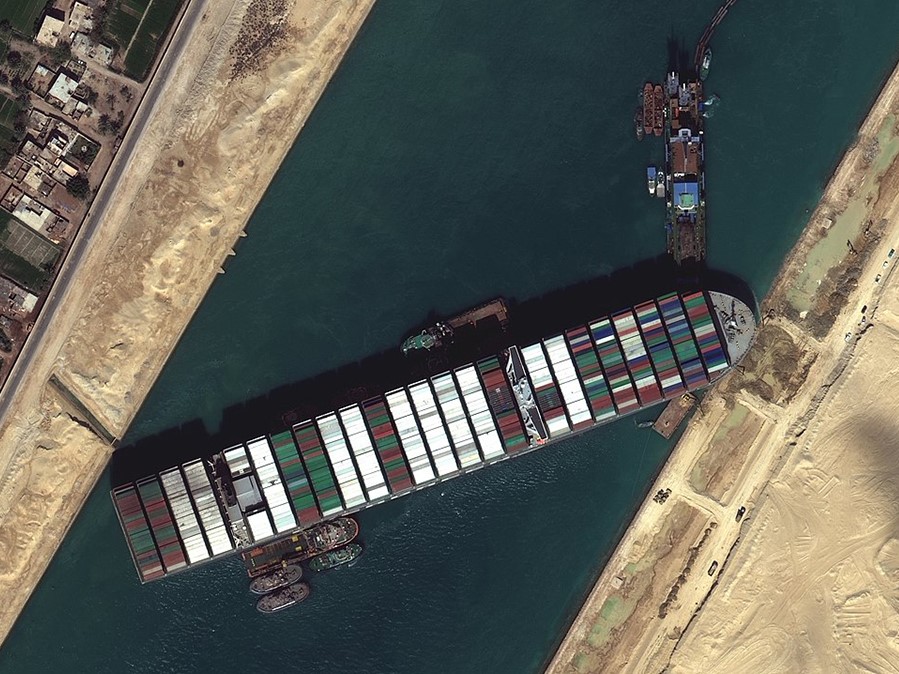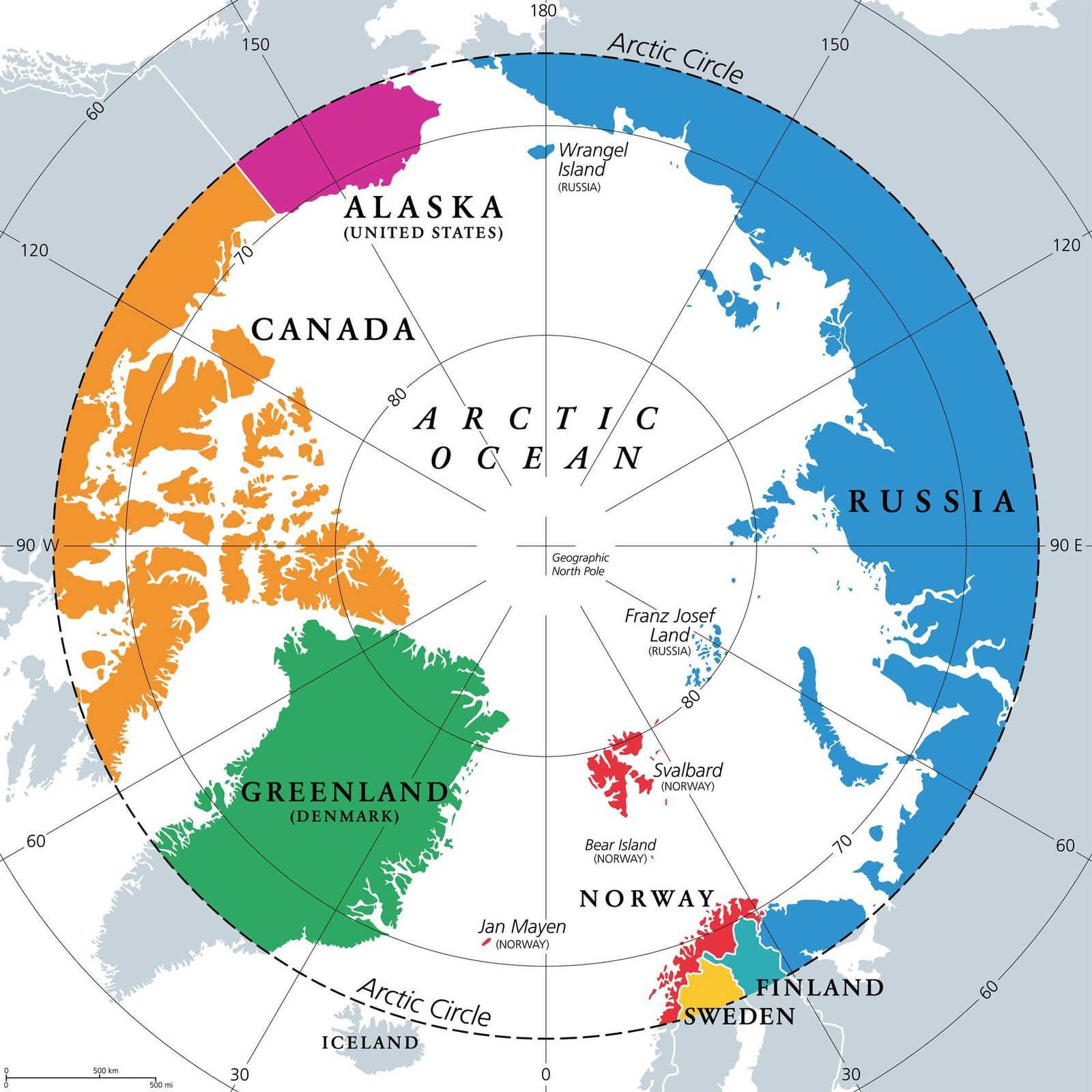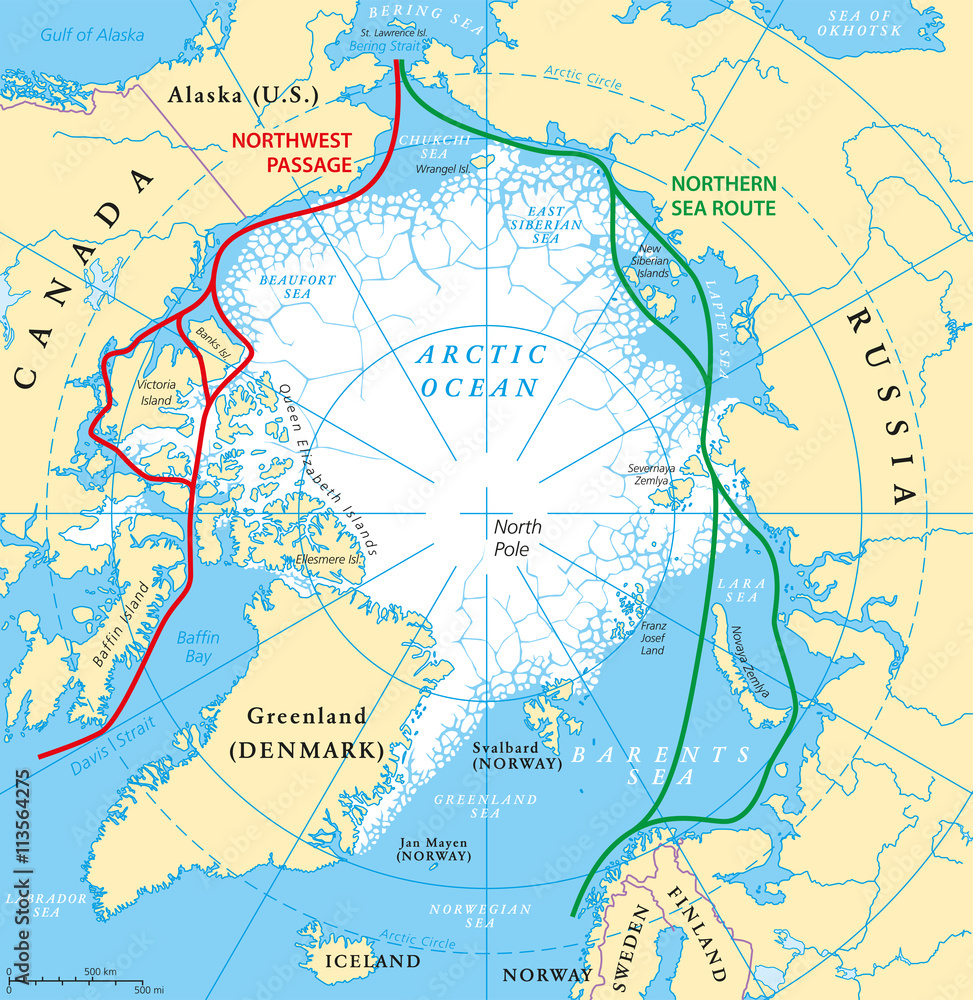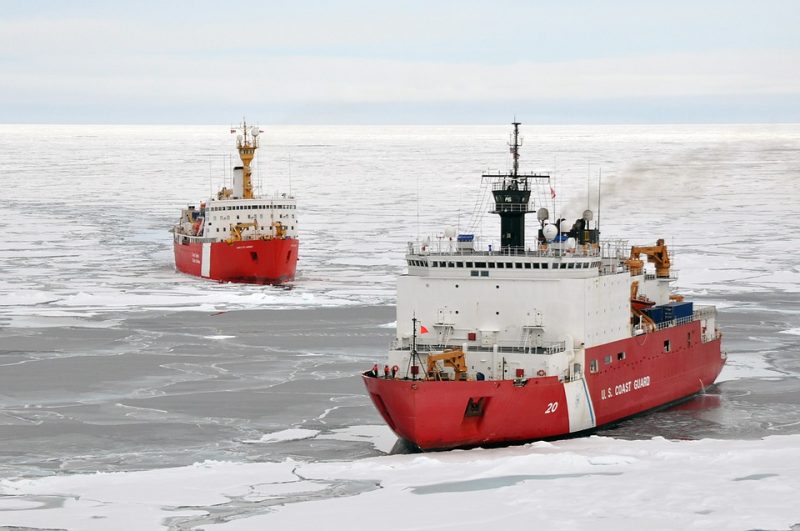6 day-long blockage of the Suez Canal in 2021 caused by the running aground of the
‘ EVERGREEN ‘ a giant 250,000-ton container ship, led to daily
damages of around US $8 billion, it also caused the delay in
deliveries worldwide and also led to a massive increase in oil and liquefied
natural gas. This incident highlighted the need for an alternative West-East
transit trade route, which led to global attention on Russia's attempts to
develop a new trade route through the Arctic Ocean popularly labeled as
“The Northern Sea Route”.
ARCTIC
REGION
The Arctic region lies roughly around 67 degrees north of the
equator and is governed by an Arctic council . Till 1996 there was no forum or
authority responsible for affairs in the Arctic. In 1989 arctic countries met
for the first time at Rovaniemi, Finland to protect the arctic environment. For
the next several years many reports were analysed and based on that ARCTIC
ENVIRONMENTAL PROTECTION STRATEGY was developed which represented
the cooperative measures of 8 Arctic countries: - US, RUSSIA,
DENMARK, FINLAND, CANADA, SWEDEN, ICELAND, NORWAY. Later in 1996, the Ottawa
Declaration it was decided to form Arctic council consisting 8
permanent members, 38 observers, 6 working groups and 6 committees of
indigenous people. It handles environmental, social, cultural, and
geopolitical affairs in the arctic region. After the formation of the council
the boundary lines of the countries have become more clear but Russia still
dominates it as it has the largest coastline.
Russia has had a considerable presence since the Cold War
days in the region because of which it has developed significant military
advancement, shipping technology, and major ports. Therefore Russia promotes the
northern sea routes as an alternative to traditional sea routes.
USA’s stance on the Arctic region has been less aggressive but that does not mean that
Washington is not interested in the area, its military bases in Alaska and
Greenland justify its seriousness on the Arctic region.
China, a non-artic region is also desperate to increase its
influence in this region. In 2018 china presented itself as a “ near arctic
-state” and also released an official white paper with its new Arctic
policy. China has
strong interest in shipping through northern sea routes.
NORTHERN
SEA ROUTE
From the Arctic region mainly 3
trade routes pass by: - the Northern Sea Route, Northwest Passage, and
transpolar Sea Route. Out of these three, the northern sea route is of
wide importance.
The Northern Sea Route (NSR)is a shipping lane officially defined by Russian legislation, running along the Arctic coast from the Kara Sea, along Siberia to the Bering Strait. Eastern and western regions of the Arctic are connected via the Northern Sea Route sometimes known as Northeast Passage. The NSR route between Europe and Asia is 13000 km long whereas the Suez Canal route is 21000 km long, so opting for NSR will not only reduce the travel time by at least a month but also will be cost-effective the question arises of how this area which tends to be frozen for most of the year, will able to promote trade? Well, that’s certainly possible, our warming climate is melting the ice caps and has made this patch or region of ocean available for the first time in human history making it easier for us to transport the fossil fuels that caused the ice to melt in the first place. Russia now is in the middle of a massive construction drive to lay claim in this area.
In 2017, Russian oil tankers traveled across the Arctic without needing an icebreaker.
COUNTRY NO.
ICEBREAKERS NAMES OF ICEBREAKERS |
NSR is more economically profitable than the Suez Canal as it will save more fuel due to reduced distance, the shorter distance will also lead to a reduction in staff, also unlike the Suez Canal NSR does not charge payments for the passage and most of all, is that there will be no risk of pirate attack which the horn of Africa is notorious for.
WAY FORWARD
China has also been searching for
a faster way to reach the European market it has also shown the greatest in NSR
as it offers an effective solution to reduce its dependence on the Strait of
Malacca. Therefore both Russia and China are committed to developing the NSR, There
have been talks between Moscow and Beijing regarding linking Russia’s NSR with
China’s Silk Route. The NSR development is part of Russia’s strategy to boost
the economy by controlling significant trade routes and generating tax revenue
as the NSR passes through its exclusive economic zone
JOIN US FOR MORE UPDATES:-
WHATSAPP CHANNEL -
https://chat.whatsapp.com/KFqEQu2XzFa8RvSg42N9rM
TELEGRAM CHANNEL - https://t.me/learnwithsakshi03
Linkedin account -
Instagram -
https://www.instagram.com/_sakshinchaos_?igsh=MTRobXA5eG9jY3AzMw%3D%3D&utm_source=qr
FOR ANY QUERY, EMAIL US ON - hustlinglearning@gmail.com






Post a Comment